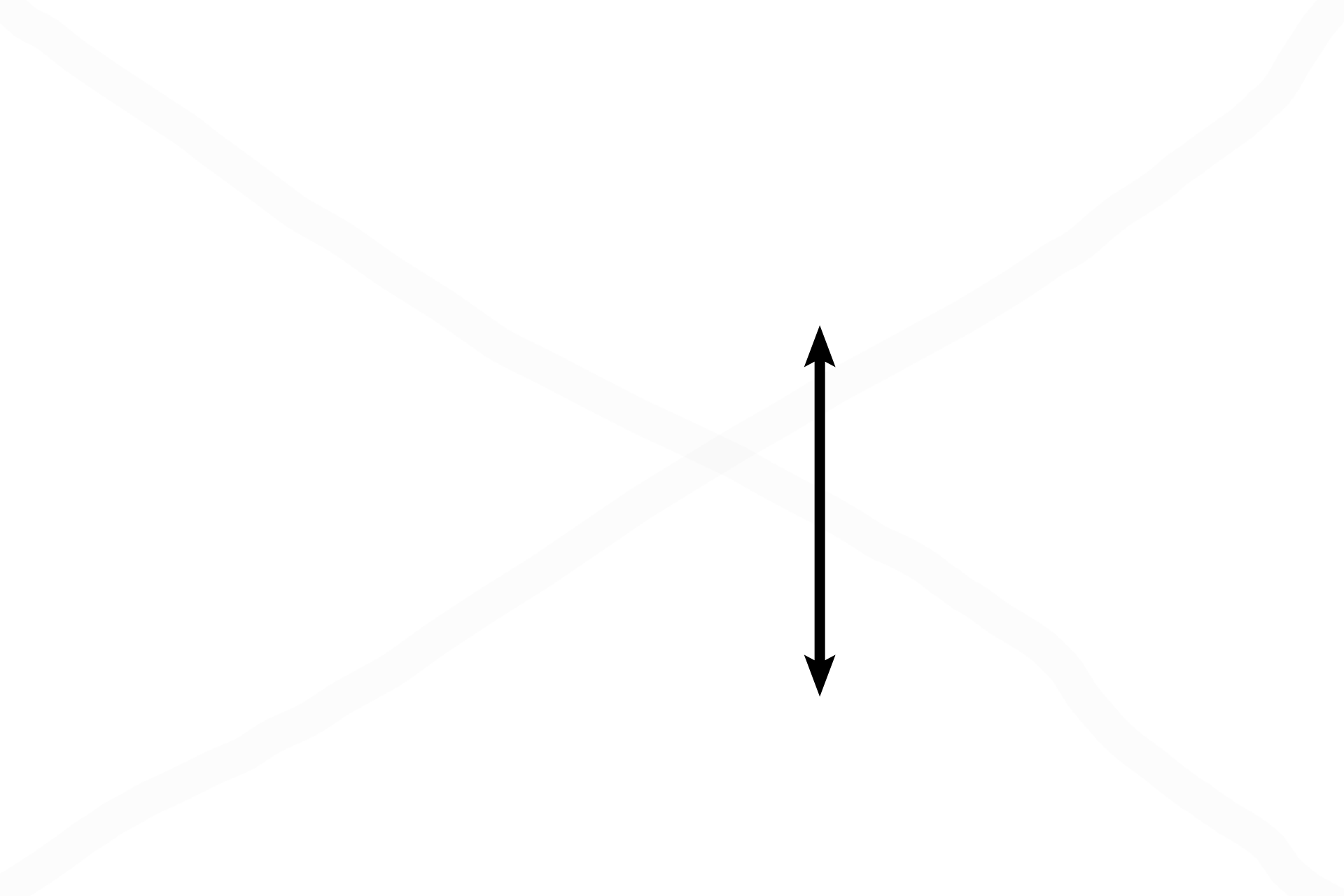
Bone: Volkmann's canal
Blood vessels from the exterior or from marrow spaces reach Haversian canals via channels, called Volkmann’s canals that run perpendicular to and interconnect osteons. These canals are identified by their perpendicular orientation and lack of concentric lamellae. The Volkmann’s canal shown here connects a developing osteon with a more mature osteon. 400x

Forming osteon
Blood vessels from the exterior or from marrow spaces reach Haversian canals via channels, called Volkmann’s canals that run perpendicular to and interconnect osteons. These canals are identified by their perpendicular orientation and lack of concentric lamellae. The Volkmann’s canal shown here connects a developing osteon with a more mature osteon. 400x

Osteon
Blood vessels from the exterior or from marrow spaces reach Haversian canals via channels, called Volkmann’s canals that run perpendicular to and interconnect osteons. These canals are identified by their perpendicular orientation and lack of concentric lamellae. The Volkmann’s canal shown here connects a developing osteon with a more mature osteon. 400x

- Haversian canals
Blood vessels from the exterior or from marrow spaces reach Haversian canals via channels, called Volkmann’s canals that run perpendicular to and interconnect osteons. These canals are identified by their perpendicular orientation and lack of concentric lamellae. The Volkmann’s canal shown here connects a developing osteon with a more mature osteon. 400x

Volkmann's canal
Blood vessels from the exterior or from marrow spaces reach Haversian canals via channels, called Volkmann’s canals that run perpendicular to and interconnect osteons. These canals are identified by their perpendicular orientation and lack of concentric lamellae. The Volkmann’s canal shown here connects a developing osteon with a more mature osteon. 400x